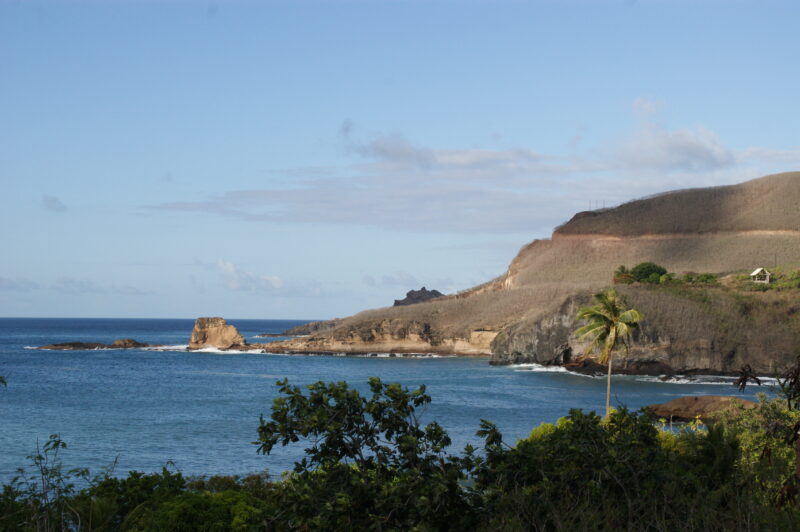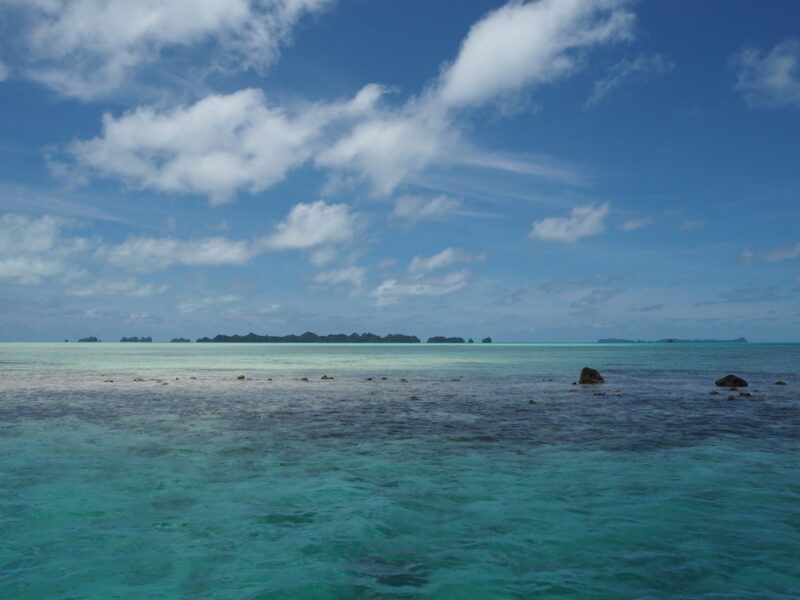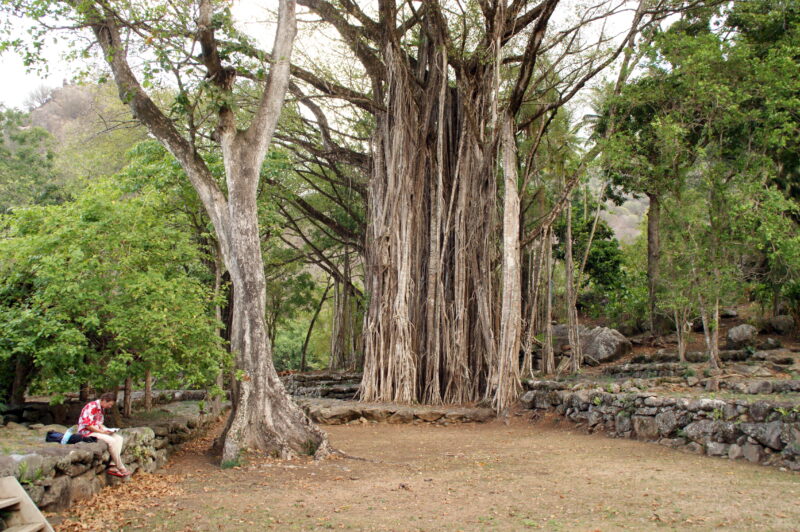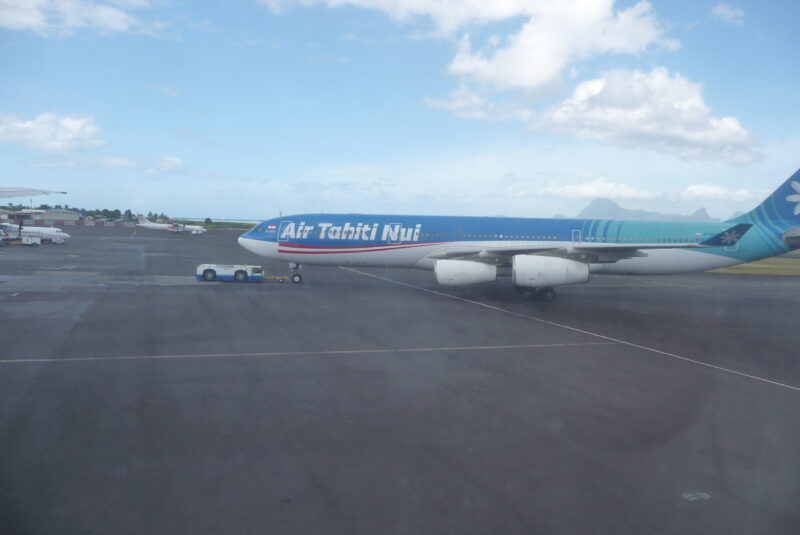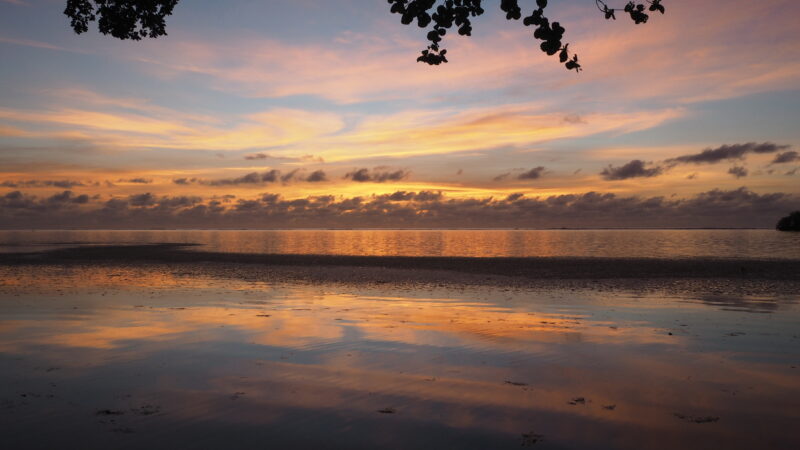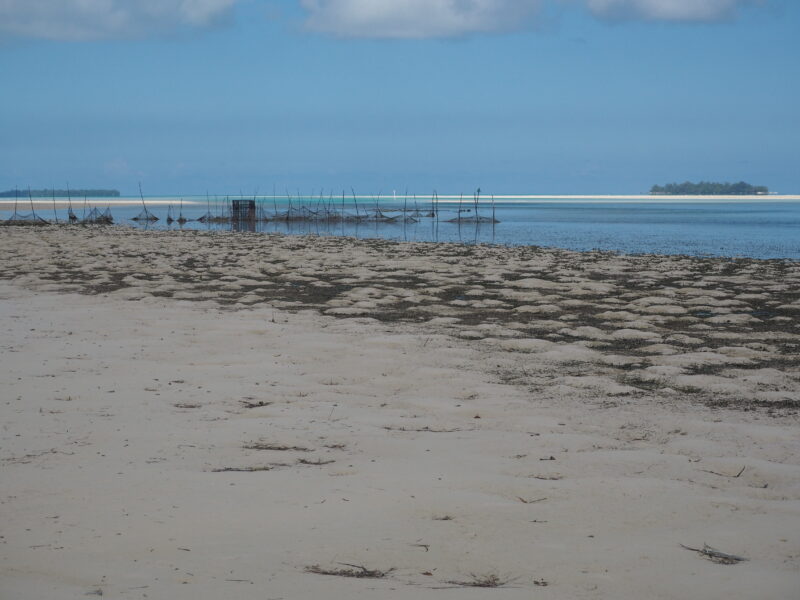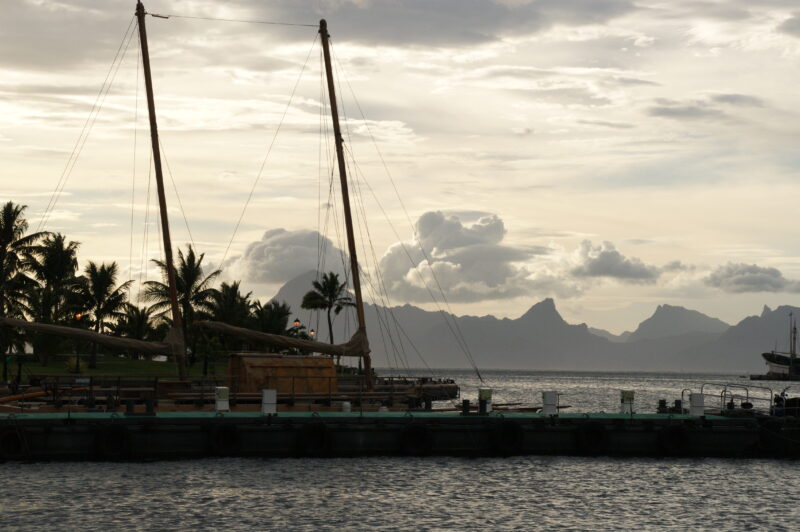Australia and Oceania
Australia is home to some venomous animals both on land and at sea. However, cases of illness among tourists are VERY rare.
The few infections transmitted by insects are also rare (Ross River virus, Barmah Forest virus and variants of spotted fever).
Dengue virus in particular has become the predominant health problem for residents on the various islands of the South Pacific.
travel time
Australia: South: November – March. Northern Territory: June – September. Queensland: June – October. Tasmania: October – March. Western Australia: September – November. New South Wales: September – November. Victoria: October – April.
The South Pacific Islands: April to December depending on the island. At the beginning of the year there are violent hurricanes in many places. The islands north of the equator (Micronesia): December to April.
The Austrian standard vaccinations are sufficient for Australia and New Zealand as well as for resort and diving holidays on lonely South Sea atolls.
Away from the noble resorts, a typhoid vaccination makes sense on the islands.
The region is rabies free.
Only a few South Sea islands east of Australia are malarial areas: Solomon Islands, Vanuatu.
For Australia and New Zealand, the recommendations do not differ from intra-European trips. However, the distances are huge and the way to the nearest hospital is long. Most South Sea islands do not have good medical care due to the enormous distances to the nearest mainland, but there are also less threatening tropical diseases. Only dengue fever has conquered the entire South Pacific.
Check vaccinations, pack sunscreen and mosquito repellent.
